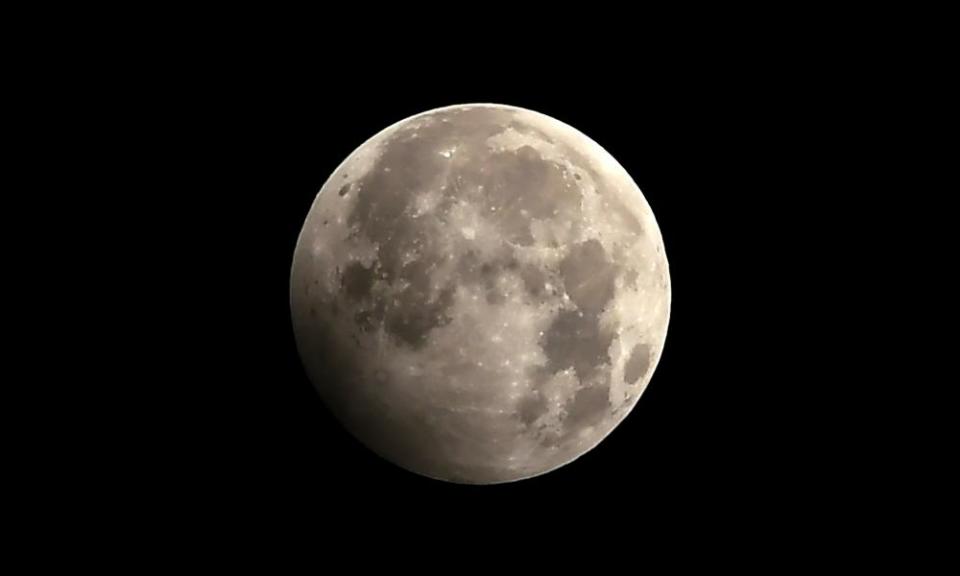Starwatch: a subtle shadow on the face of the moon

This week’s astronomical event will be easy to see but hardly anyone will notice it. On 5 June, the full moon will clip the outer portion of Earth’s shadow, creating a penumbral lunar eclipse. This is much subtler than a total lunar eclipse, in which the moon appears to turn red as it passes through the darkest part of Earth’s shadow, situated right behind our planet. Penumbral lunar eclipses are difficult to discern by eye because only a portion of the sun’s light is blocked from reaching the moon.
This week’s alignment is rendered even more subtle by the fact that only half the moon will be in shadow. The eclipse starts at 18:46 BST and ends at 22:04 BST. The moment of greatest eclipse is 20:25 BST. It will be visible from most of Europe, Asia, Africa, Australia and the East coast of South America. The chart shows the view looking south the night before, around midnight, when the moon will pass close pass to the red star, Antares.

 Yahoo Finance
Yahoo Finance 